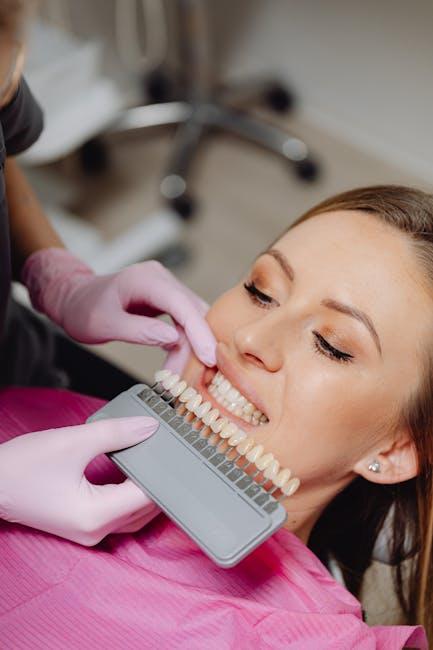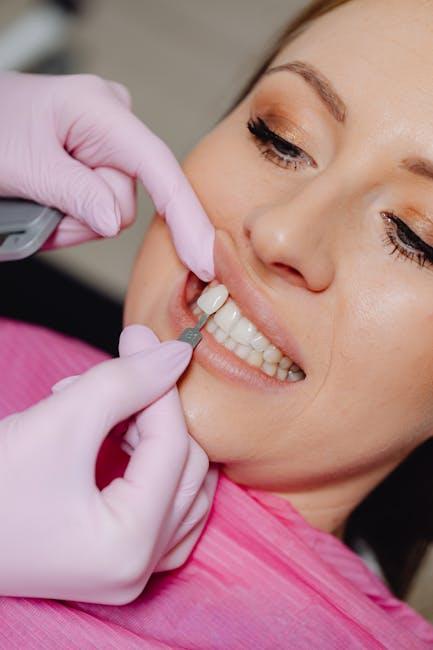
Cosmetic Dentistry: Facial Aesthetic Treatments and Clinical and Radiological Implications | British Dental Journal – Nature
Cosmetic dentistry goes far beyond just improving your smile. It now encompasses a holistic approach to facial aesthetic treatments, blending art and science to enhance overall facial harmony. The British Dental Journal – Nature has recently highlighted essential clinical and radiological implications associated with these treatments, emphasizing the importance of safety, accuracy, and personalized care in modern dentistry.
Understanding Cosmetic Dentistry and Facial Aesthetic Treatments
Cosmetic dentistry typically involves procedures that enhance the appearance of teeth, gums, and bite. However, facial aesthetic treatments expand this scope to include interventions such as dermal fillers, botulinum toxin injections, and other minimally invasive techniques that restore volume, smooth wrinkles, and improve soft tissue contours.
These treatments contribute not only to a youthful appearance but also to improved psychological well-being and self-confidence. It is increasingly common for dental professionals to offer integrated solutions considering the facial structures beyond teeth — especially as many facial aesthetic treatments overlap with dental anatomy.
Key Types of Facial Aesthetic Treatments in Cosmetic Dentistry
- Dental Veneers and Bonding: Enhance tooth shape, color, and alignment for a natural smile.
- Teeth Whitening: Safely brighten teeth with professional bleaching agents.
- Botulinum Toxin (Botox) Applications: Reduce dynamic wrinkles around the mouth, eyes, and jaw line.
- Dermal Fillers: Restore facial volume, especially in areas adjacent to oral structures, such as the cheeks and lips.
- Orthodontic Treatments: Improve dental occlusion and contribute to facial balance.
- Gingival Sculpting (Gingivoplasty): Shape gum tissue for a more attractive gumline.
Clinical Implications of Facial Aesthetic Treatments
As facial aesthetic treatments become integrated into dental practice, practitioners must be aware of their clinical implications to ensure patient safety and optimal results.
Patient Evaluation and History
Comprehensive medical and dental histories are crucial. Understanding medication use, allergies, systemic diseases, and past surgeries helps prevent potential complications like allergic reactions or adverse effects.
Anatomical Knowledge
Dentists offering facial aesthetics must have an in-depth understanding of facial anatomy, including vascular structures, nerve pathways, and muscle groups, to avoid complications such as nerve damage or vascular occlusion.
Interdisciplinary Collaboration
Collaboration with dermatologists, plastic surgeons, and radiologists can improve treatment planning and outcomes, especially in complex cases.
Radiological Implications in Cosmetic Dentistry
Radiology plays an indispensable role in planning and monitoring cosmetic and facial aesthetic treatments. The British Dental Journal emphasizes the necessity of using appropriate imaging techniques, such as Cone Beam Computed Tomography (CBCT) and panoramic radiography, to:
- Assess bone quality and quantity before implants or orthodontic treatments.
- Identify anatomical landmarks and variations to prevent complications.
- Evaluate sinus proximity when planning upper jaw procedures.
- Detect underlying pathology that might impact treatment success.
- Guide botulinum toxin and filler injections with greater precision.
Types of Radiological Imaging Utilized
| Imaging Technique | Purpose | Benefits |
|---|---|---|
| CBCT (Cone Beam CT) | 3D bone and soft tissue visualization | High accuracy, low radiation dose, precise implant placement |
| Panoramic Radiography | Overview of jaw, teeth, sinuses | Quick, non-invasive, broad diagnostic capability |
| Intraoral X-rays | Detailed tooth and root structure analysis | High resolution, helpful for cavities and root canal planning |
Benefits of Integrating Facial Aesthetic Treatments into Cosmetic Dentistry
- Enhanced Patient Satisfaction: Addressing both dental and facial aesthetic needs leads to more comprehensive improvements.
- Holistic Approach: Better harmony between teeth, lips, gums, and facial contours.
- Minimally Invasive Options: Many facial aesthetic treatments are nonsurgical with quick recovery.
- Improved Psychological Well-Being: Patients often experience increased confidence and social comfort.
- Increased Practice Scope: Dentists can expand service offerings, attracting a broader clientele.
Practical Tips for Patients Considering Cosmetic Dentistry with Facial Aesthetic Treatments
- Choose Qualified Professionals: Verify training and credentials in both cosmetic dentistry and facial aesthetics.
- Discuss Your Goals Thoroughly: Clear communication ensures realistic expectations and personalized care.
- Understand the Risks and Benefits: Ask about potential side effects and post-treatment care.
- Prioritize Diagnostic Imaging: Ensure necessary scans and x-rays are taken for safe treatment planning.
- Maintain Oral Hygiene: Cosmetic treatments work best with a healthy oral environment.
- Schedule Follow-up Visits: Regular check-ups help track treatment progress and longevity.
Case Study: A Comprehensive Cosmetic Dentistry Approach Including Facial Aesthetic Treatments
Patient Profile: A 45-year-old female presented with concerns about uneven teeth, a gummy smile, and volume loss in the midface area.
Intervention Plan:
- Orthodontic treatment to align the teeth.
- Gingival sculpting to reduce excessive gum display.
- Porcelain veneers for aesthetic tooth shape and color improvement.
- Botox injections to soften chin dimpling and jaw clenching.
- Dermal fillers to restore cheek fullness and lip volume.
Outcomes: The patient gained a balanced, youthful appearance, improved bite function, and boosted confidence. Radiographic imaging ensured safe implant positioning and minimized procedural risks.
Conclusion
Cosmetic dentistry is evolving rapidly, integrating facial aesthetic treatments to offer patients comprehensive, minimally invasive options for enhancing beauty and function. The British Dental Journal – Nature’s focus on both clinical and radiological implications highlights the importance of detailed anatomical knowledge, interdisciplinary collaboration, and advanced imaging techniques in safely delivering these treatments. Patients and practitioners alike benefit from this holistic approach, which promises not only improved smiles but enhanced facial harmony and overall well-being.
Whether you are a dental professional seeking to expand your practice or someone exploring cosmetic treatments, understanding the nuances of facial aesthetics and radiology in dentistry is crucial. Stay informed, consult experts, and prioritize safety to achieve the best aesthetic and functional outcomes.


